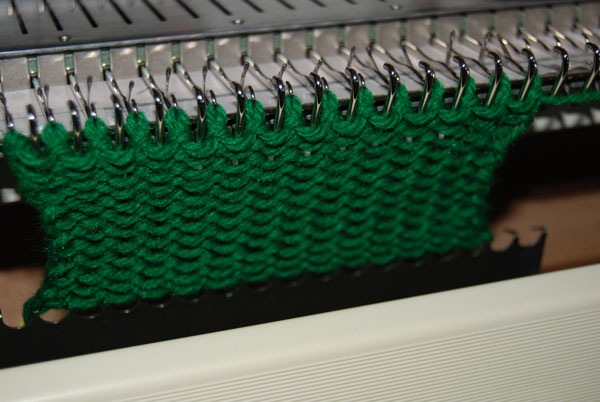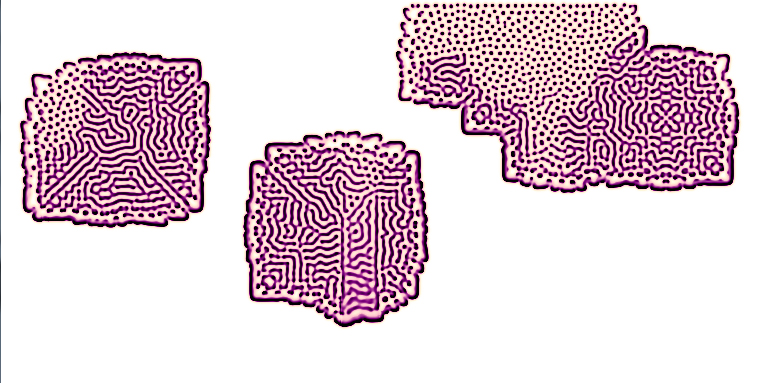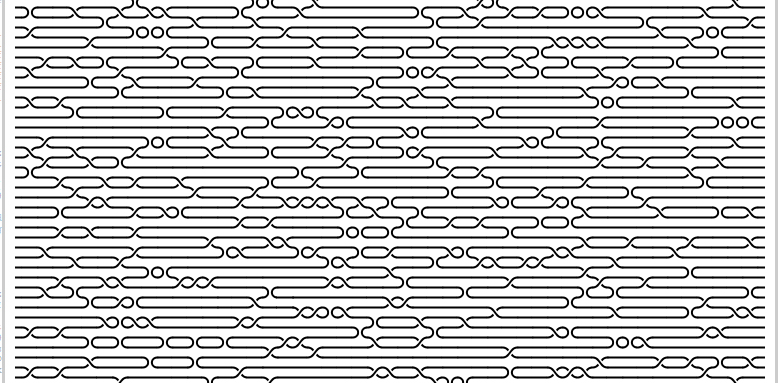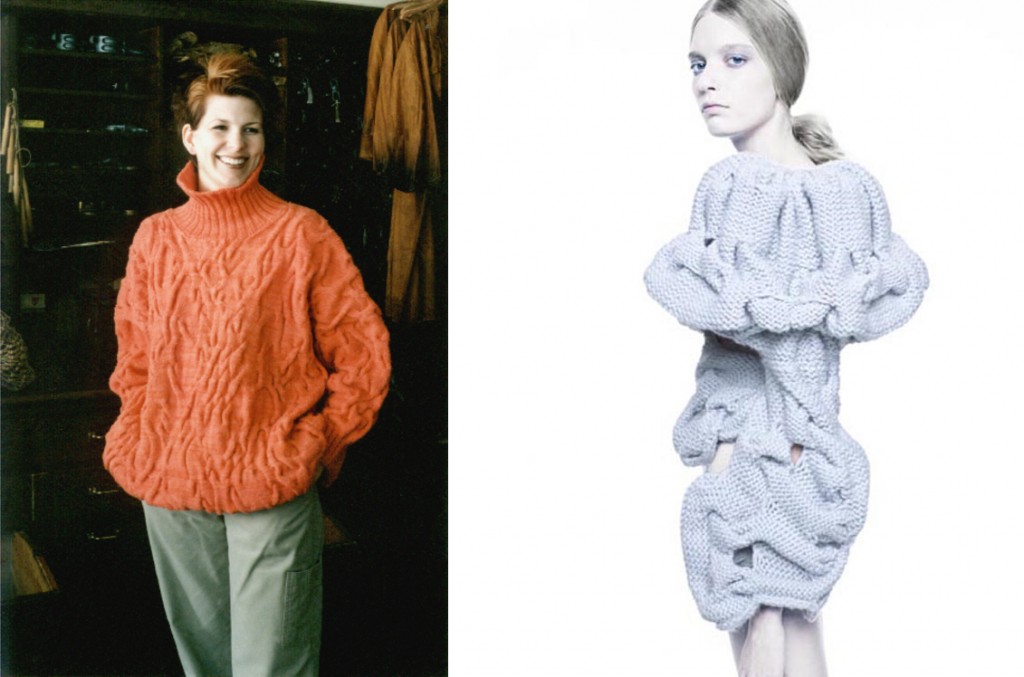Alex Wolfe | FInal Project | Over the Hill
So there actually has been some great strides. I got in touch with Andrew Salomone through Becky Stern and he agreed to help me create a prototype on his computerized knitting machine sometime next week! Which definitely constitutes conquering probably the hardest “hard part”. He also sent me the manual to his machine so I can convert my patterns over into something recognizable.

Until then, I received this wonderfully bulky old LK100 Singer and maybe a pound of terrible acrylic off of craigslist with which to play around with. (Since I probably won’t have an excessive amount of time for prototyping on Andrew’s machine, might as well make sure the pattern looks right). The lady who sold it to me showed me how to make a simple gauge swatch like so…..and also how to cable. Which is time consuming but braindead simple.

After looking at knitwear designers like Sandra Backlund, and the Cables after Whiskey sweater pattern (that selects where cables will be placed with a probability function that produces pretty interesting results) both shown below, I want to create patterns with pseudo random cables/pleats in order to generate interesting volumes (ideally still very simple tube-based dresses).
As far as a “meaningful function”, perlin nosie/ flocking would be sort of perfect, its so graceful, but I feel like that horse is quite dead by now. So I was looking at Reaction Diffusion algorithms, Grey Scott in particular. Given a standard boring ugly sweater pattern like this one, you can control the rate of diffusion to literally “grow” the diffusion to fit the pieces you are creating.


 This creates very interesting results, especially if you knit so that the cables are nested within each other or maybe mapping each isolated circle to an eyelit. Since this pattern is actually impossible to translate into knitted cables due to their orientation and proximity, it could warp the fabric in good or bad ways. I’m also debating the merits of using an actual generative system, or just having at with simple probability.
This creates very interesting results, especially if you knit so that the cables are nested within each other or maybe mapping each isolated circle to an eyelit. Since this pattern is actually impossible to translate into knitted cables due to their orientation and proximity, it could warp the fabric in good or bad ways. I’m also debating the merits of using an actual generative system, or just having at with simple probability.
 This sketch begins with parallel lines, and then decides if a given line will intersect with any other with a random probability. I also realized this sort of technique could easily be applied to a sensor and collect some kind of data and visualize it that way. So I guess solving my previous “hard part” really has just given me alot more room to brood over this one. I think its important that its not just a textured knit produced electronically, but that the driving pattern underneath has some sort of relevance/significance other than pure chaos.
This sketch begins with parallel lines, and then decides if a given line will intersect with any other with a random probability. I also realized this sort of technique could easily be applied to a sensor and collect some kind of data and visualize it that way. So I guess solving my previous “hard part” really has just given me alot more room to brood over this one. I think its important that its not just a textured knit produced electronically, but that the driving pattern underneath has some sort of relevance/significance other than pure chaos.

